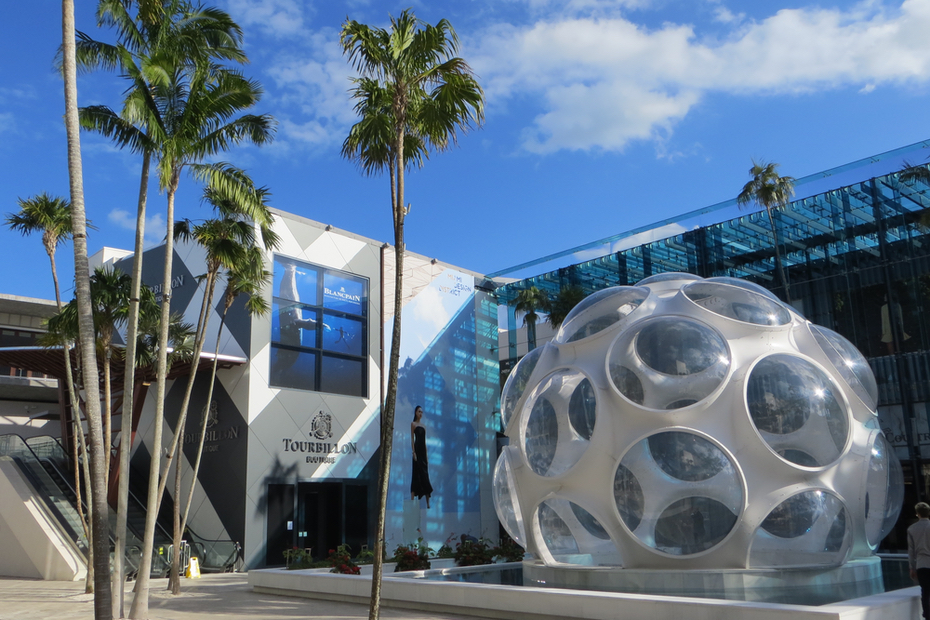The architectural and urban revitalization of the Design District in the city of Miami stands as a shining example of how strategic planning and visionary design can transform a neighborhood into a thriving cultural and commercial destination. What was once an industrial area has been reimagined into a vibrant district that celebrates art, design, and creative expression.
The Design District’s revitalization began in the early 2000s, driven by the vision of developer Craig Robins and a team of architects, designers, and cultural enthusiasts. Their goal was to create a neighborhood that would showcase world-class design, attract renowned luxury brands, and foster a sense of community.
Architectural Revitalization
One of the key elements of the Design District’s transformation was the restoration and adaptive reuse of historic buildings. Many of the existing structures were repurposed and transformed into contemporary spaces that blend old-world charm with modern design sensibilities. The architectural integrity of these buildings was carefully preserved, while innovative design elements were seamlessly integrated to create a unique aesthetic.
New buildings were also introduced, designed by internationally renowned architects such as Zaha Hadid, Sou Fujimoto, and Aranda\Lasch. These architectural masterpieces contribute to the district’s skyline, adding a touch of contemporary sophistication and pushing the boundaries of design.
Urban Revitalization
The revitalization of the Design District went beyond architectural preservation and extended to urban planning. The district’s streets were redesigned to prioritize pedestrian-friendly spaces, with wider sidewalks, lush landscaping, and outdoor art installations. This transformation created an inviting environment for residents and visitors to explore and experience the district’s offerings.
Public spaces and plazas were strategically placed throughout the neighborhood, providing gathering places for community events, art installations, and performances. The district’s streets became a canvas for murals and street art, further enhancing the cultural vibrancy of the area.
The Design District’s revitalization also focused on creating a sustainable and eco-friendly environment. The district incorporated green building practices, such as rainwater collection systems and energy-efficient infrastructure, aligning with Miami’s commitment to sustainability.
The impact of the Design District’s revitalization has been remarkable. What was once an overlooked industrial area has now become a premier destination for art, design, and luxury shopping. The district is home to world-renowned fashion brands, high-end furniture showrooms, contemporary art galleries, and exquisite dining experiences. It attracts visitors from around the world who come to immerse themselves in the district’s creative energy and cutting-edge design.
The Design District in Miami is a testament to the transformative power of design and visionary urban planning. The district’s revival has turned it into a vibrant cultural and commercial hub, celebrating art, design, and community. The successful revitalization of the Design District serves as a model for other cities seeking to reimagine and revitalize their urban landscapes, demonstrating the value of creative vision, collaboration, and a commitment to cultural enrichment.
